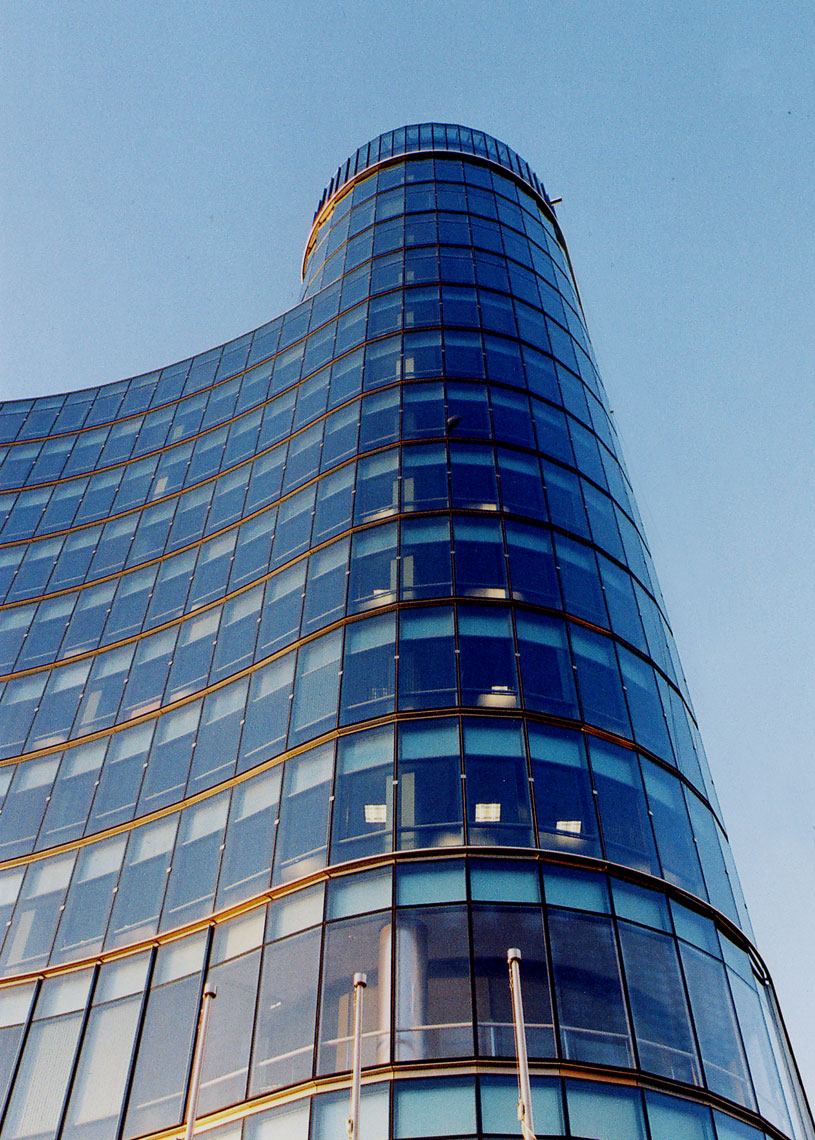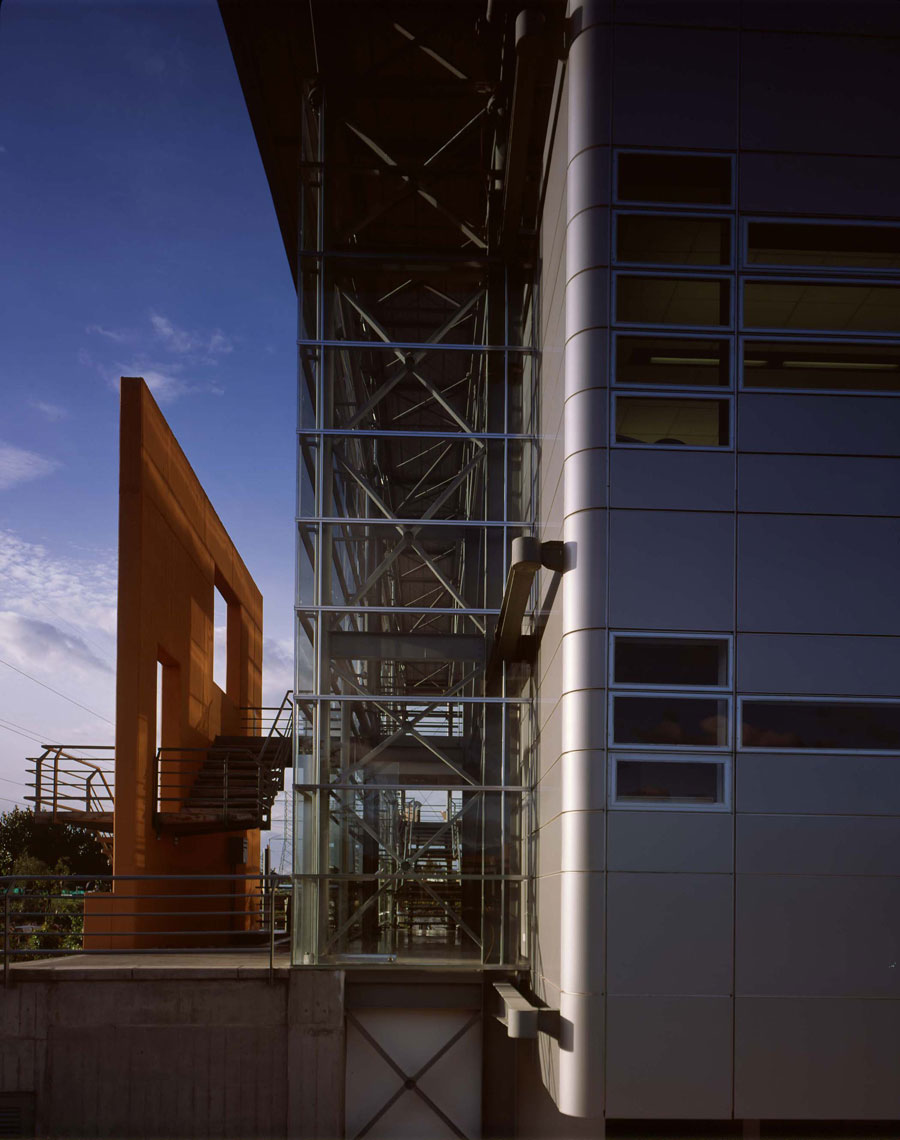

These classrooms won’t accommodate large groups of donors at a fundraiser the rooftop patio could fit ten comfortably. It is a startling amount of space-prime real estate at that-to devote to young people who are learning about theater. A bright, naturally lit corridor that wraps around the Ensemble Theater’s pointed roof connects three teen spaces-the Lab, the Maker Studio, and the Reflection Gallery, each one outfitted with colorful acoustic paneling and springboard floors-leading to a small patio with views up and down Halsted Street. Most impressive of all is the top fourth floor, which is dedicated to youth programming and theater education. New back-of-house spaces include six dressing rooms and a green room, while the third floor houses the company’s script library and costume shop.

The ground-floor plan of the Steppenwolf Theatre, the Ensemble Theatre (left), and the original 1974 performance hall (right) side-by-side (Courtesy Adrian Smith + Gordon Gill Architecture)Įxiting the Ensemble Theater from the second floor leads audiences to an intermission bar, the last public space in the new addition. The promise is one of exhilarating and intimate-all seats are within 20 feet of the stage-experiences for audiences. Thanks to this fly system, performances can move vertically rather than simply horizontally and set designers can flex their creative muscles. Suspended 33 feet over the stage, the grid, with its movable componentry, can enable “one million lighting positions,” according to Steppenwolf executive director Brooke Flanagan. The stage itself comprises individual square platform panels that can be removed or lowered, and with the generous 15-foot trap room beneath, sets can “grow” from the theater substrate. Seating rows or sections can be removed or added, I learned, allowing the stage to grow from 900 square feet to 2,500 and audience capacity from 250 to 500 the vom can be moved, widened, or eliminated entirely. Inside, the architects have created a highly flexible venue, with 500 seats set around an ovular stage that to me felt surprisingly small in comparison with the exterior’s gargantuan geometry. Its massive girth and towering height-the volume extends past the atrium roofline-create an identifiable, if ambiguous, cap atop the new addition, providing some visual interest from the nearby El train. Clad in textured gray glass fiber reinforced concrete (GFRC) panels, and ringed by the atrium, the mass of the Ensemble Theater resembles a geometric asteroid in a museum display. The lackluster atrium stands in contrast to the new, flexible theater-in-the-round that is positioned as the beating heart of ASGG’s addition. (Courtesy Adrian Smith + Gordon Gill Architecture) Perhaps it felt dull to me because it was empty, but who these days-two years into a pandemic-can imagine a theater atrium aglow and filled with buzzing crowds? A north-south section reveals the extensive fly system and the theater substratum. The atrium is conventionally pleasing, using materials like polished concrete and glass to create a sophisticated-yet-industrial feel. The second phase, completed this past fall, bookends the original theater’s south end, adding a plethora of public-facing amenities like a two-story atrium and two bars.

The first phase of the expansion project, completed in 2016 also by ASGG, added a public cafe and community-accessible black-box theater space on the north end of the ground floor.

Its physical space has also expanded through acquiring neighboring properties to the north and, later, to the south. Though Steppenwolf started out as a scrappy theater company in 1974, it has grown in prestige and audience reach. Magic and high school drama were on my mind as I toured Adrian Smith + Gordon Gill Architecture’s ( ASGG) new addition to the Steppenwolf Theatre campus in Chicago, where it seems that the firm has adopted the role of magician as well as architect.


 0 kommentar(er)
0 kommentar(er)
